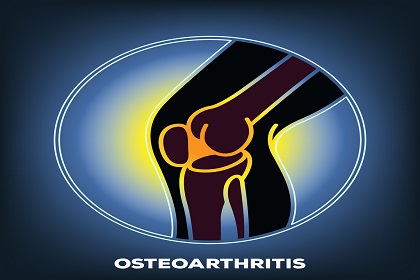Search
What's involved in quitting tobacco?
Make a plan, get the tools you need, be aware of your triggers, practice coping skills, and remember that it's okay if you slip up.
Get Ready to Quit
Write down your reasons for quitting. These will help keep you on track and focused on the benefits. Your reasons might include:
• Protecting the health of your family or pets
• Saving money
• Improving your health
• Pregnancy
• Bad-smelling clothes or breath
Create your "quit plan." The important parts of a quit plan are:
• Step 1: Medications
• Step 2: Support and counseling
• Step 3: Identify your triggers
• Step 4: Set your quit date
• Step 5: Take action
Step 1: Medications
Nicotine is an addictive drug found in tobacco products. While you're quitting, using various forms of "nicotine replacement" can help you stay away from tobacco. Other medications can help cut down your cravings and withdrawal symptoms.
Ask your doctor or nurse about medications that are right for you:
• Non-nicotine medications (prescription required)
o Varenicline (Chantix)
o Bupropion (Wellbutrin, Zyban)
• Nicotine replacement
o Over-the-counter options: patch, gum, lozenge, mini-lozenge
o Prescription options: inhaler, nasal spray
You may get the results from using a combination of medications:
• Use non-nicotine medications with nicotine replacements. This is the most effective way to quit
• Use two forms of nicotine replacement; for example, a long-acting patch to get a stable dose of nicotine and a quick-acting gum or inhaler to relieve cravings
Step 2: Support and counseling
People who use medications plus counseling to quit tobacco are most successful.
• Please refer to the Jiahui Wellness Center Quit Smoking Program
Contact number: 400-868-3000
Tell your family, friends, and coworkers that you're quitting tobacco. They can be part of your support network and help cheer you on. Try to find a "quit buddy" who will quit at the same time as you.
Step 3: Identify your triggers
Figure out the triggers that make you want to use tobacco, such as coffee, alcohol, stress, driving, eating, or hanging out with friends.
Start thinking about a plan to manage those triggers. You may want to change your routines, especially if they are linked to using tobacco. For example, travel a different way to work if your normal route passes a shop that sells tobacco.
Step 4: Set your quit date
Pick the day you're going to quit using tobacco. Leading up to that day, start preparing:
• Buy or get a prescription for any medications you plan to use
• Gather tools that will help you quit, such as:
o Gum, toothpicks, sugar-free candy
o A calendar for crossing off days
o New sneakers for exercising
o Something to keep your hands busy (a squeezable stress ball, knitting, games on your phone)
• A few days before your quit date, make your home and car tobacco-free. Remove ashtrays, lighters, and anything else that could make it easy for you to start up again
Step 5: Take action
On your quit date, start your plan!
• Take your medications as prescribed (Chantix and Bupropion should be started a week or so before your quit date)
• Use your support program: attend a group, log onto a website, call a quitline
• Watch out for danger zones and triggers and use your quit plan to manage them
• Manage cravings:
o Use your quick-acting nicotine replacement (gum, inhaler, lozenge)
o Practice the 4 D's (below)
Coping Skills: Practice the 4 "D's"
1. Deep breathing
Breathe in, hold it for a few seconds, then breathe out.
2. Distract
Focus your attention on something else, like going for a walk or watching a movie.
3. Drink water
This gives you something different to do with your mouth and hands.
4. Delay
Tell yourself that you'll wait for a few minutes first. Then, see if you still have the urge. Cravings will pass whether you smoke or not, and sometimes they pass pretty quickly.
If You Slip, Get Back on Track
• If you slip and use tobacco, it's okay! This is a normal part of quitting. It doesn't mean that you have gone back to using it for good. It often takes multiple attempts to quit forever, and you learn from each one
• Focus on your quit plan. Keep to the plan, and don't beat yourself up
• Learn from the slip. What caused it? What will you do differently next time?
• Don't give up! Remember your reasons for quitting. You can do this
This document is intended to provide health related information so that you may be better informed. It is not a substitute for your care team's medical advice and should not be relied upon for treatment for specific medical conditions.
© 2017 The General Hospital Corporation. Primary Care Office InSite
Click the link for more information on Family Medicine Clinical Service











